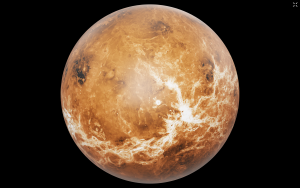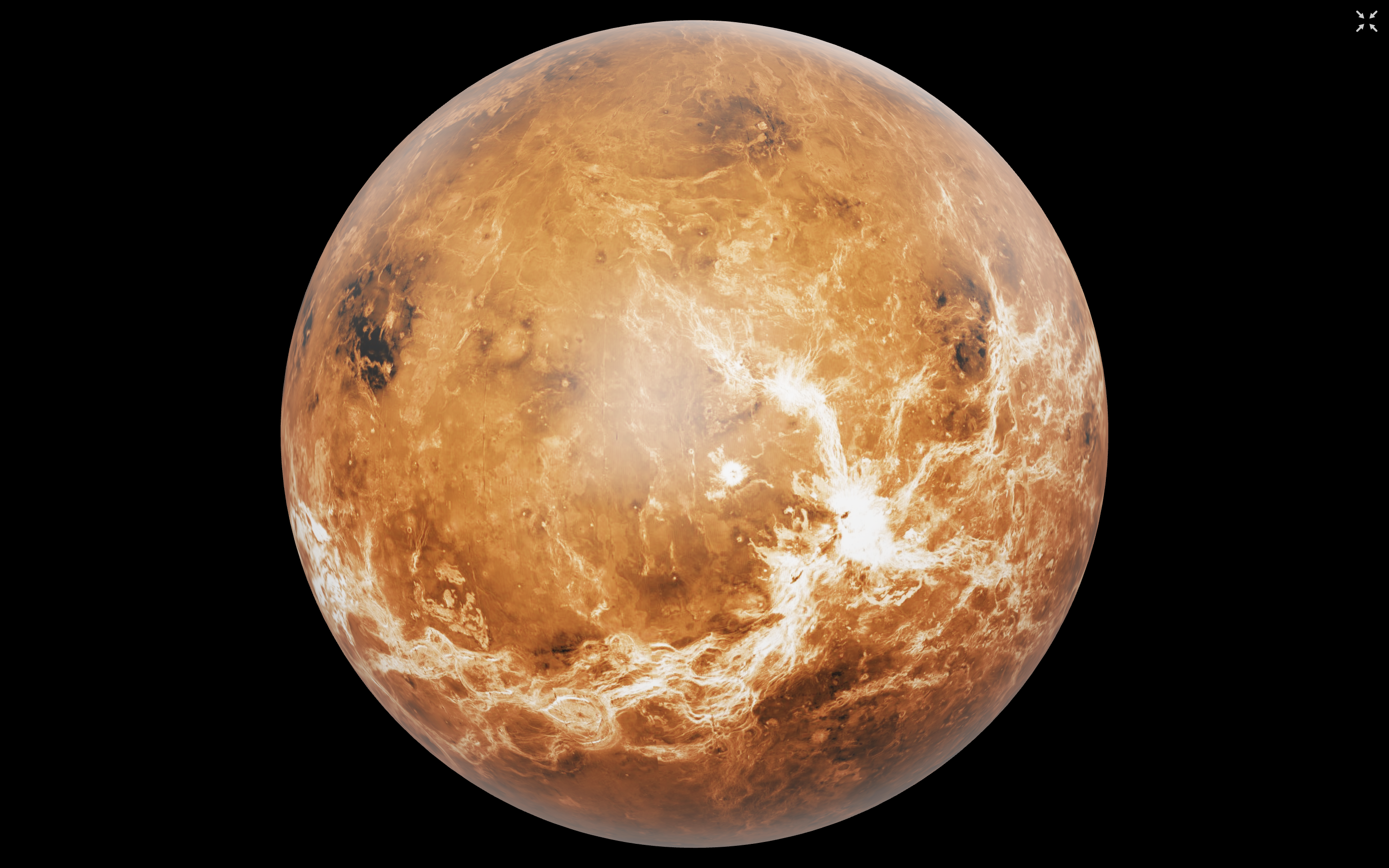By Aaron Frantz
Jambar Contributor
A discovery was announced in September concerning a gas found within the clouds of Venus. The gas phosphine has been detected, and some scientists speculate it could be a sign of life, because life forms produce it on Earth. Other experts are cautious about the possibility.
Patrick Durrell, a professor of physics and astronomy, as well as an observational astronomer and planetarium director at Youngstown State University, said he is fascinated by this news and curious about what it means for science in general.
“Now this is how science progresses — they make a discovery, confirm what they saw was real, and now the doors have opened to everybody,” Durrell said. “This is a great example of trying to repeat the same experiment to see if what they saw was real and indeed, it seems to be real.”
Durrell said the finding is too recent and the evidence is too scarce to affect the curriculum taught by the physics and astronomy department. However, it’s still important enough to teach to students.
“We have already included a brief discussion of the clouds on Venus in our introductory astronomy class,” Durrell said. “I believe that this discovery shows how scientific discoveries should be made and that is what we illustrated in class because it is a great teaching moment.”
Curt Spivey, planetarium engineer, is on high alert when new discoveries are seen in space.

“Venus is now going to get a lot more attention it has not been receiving. This means more telescopes and more missions will be directed to see if we can find more answers,” Spivey said. “For us at the planetarium — this is why we love astronomy. We never know everything that is going on. There is always something new.”
Tiffany Stone Wolbrecht, planetarium lecturer, explained what the most shocking aspect of this discovery is.
“Phosphine can be created with natural processes such as volcanic eruptions and lighting. The key here with this discovery is the amount of phosphine detected in the Venus clouds,” Wolbrecht said. “The amount detected in Venus’ atmosphere is about 10,000 times greater than what was to be expected.”
Durrell, Spivey and Wolbrecht all agree this discovery on Venus provides evidence of how the scientific method works. All three want the science community to expand and further our understanding of what is happening within the clouds of Venus.
“The team of scientists in their press release even stated, beautifully I might add, that they want other scientists and astronomers to pick this apart, if we missed something, if there is a chemical or geological process that could create this phosphine gas in clouds of Venus, we’re all ears, we could be wrong,” Durrell said. “To me, this is a beautiful example of how science progresses.”


